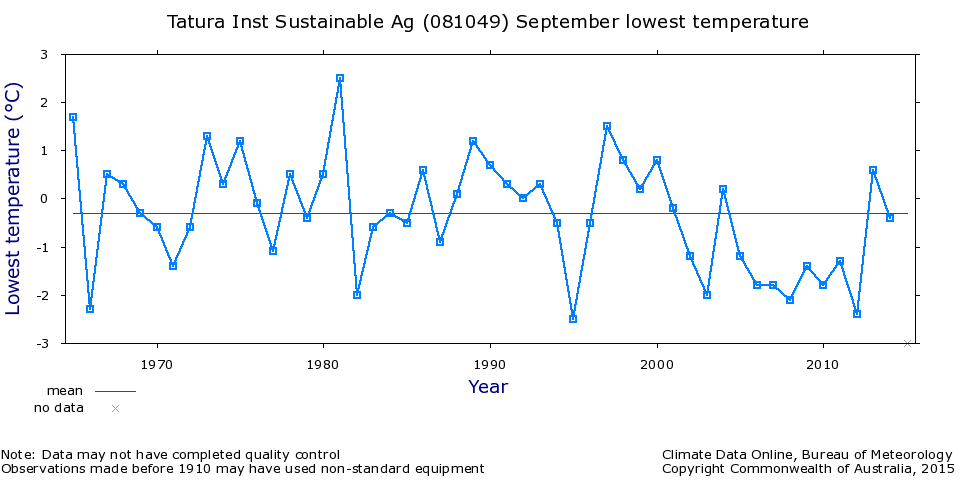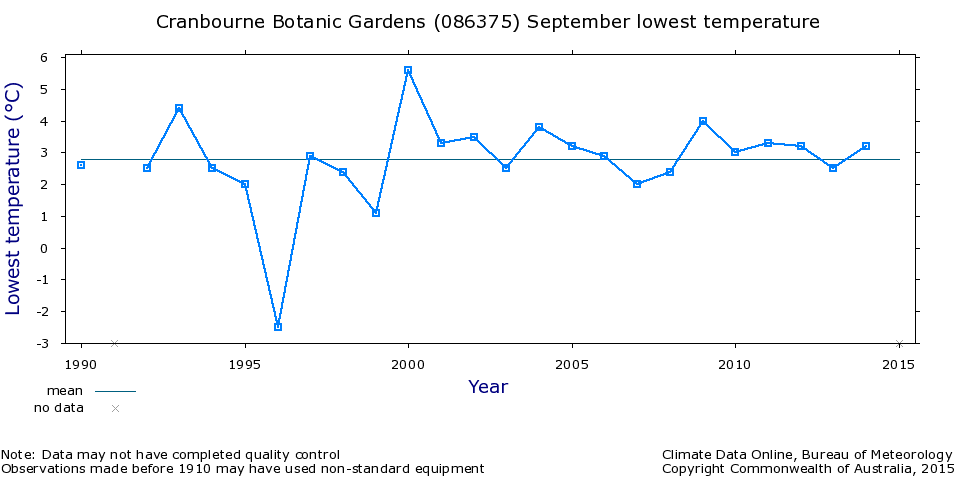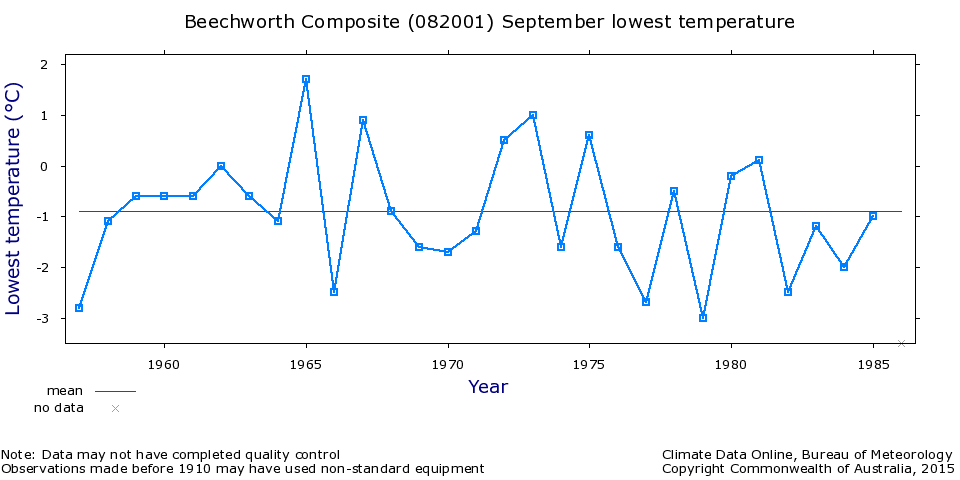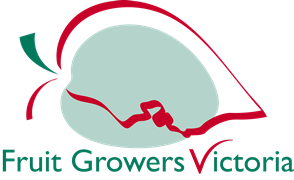


What you can do to reduce the chance of frost damage:
1. Check the Bureau of Meteorology information for frost forecast in your region. Evaluate where the trees are up to regarding blooming times of your fruit varieties, as the risk of frost damage is greater if bloom comes early.
2. Observe the conditions around your farm: fog, clouds, high humidity and wind tend to slow dropping temperatures and protect crops from frost. Clear, still nights, with low air moisture are a warning of higher frost risk . If your orchard is located inland, locate potential frost-prone areas by pinpointing where the fog develops first.
3. Evaluate the risk that your particular farm’s layout presents. Because cold air flows downhill like water, low spots where it can collect will be more affected by frost. Trees that are downslope of obstacles (buildings for example) that slowdown cold air drainage are more at risk. On the contrary, trees downslope of a pond/lake will be less exposed.
4. Rely on passive practices first: 3 rules of thumb: 1) Keep the soil moist if you can. 2) Avoid cultivating 3)Cut the ground cover.

